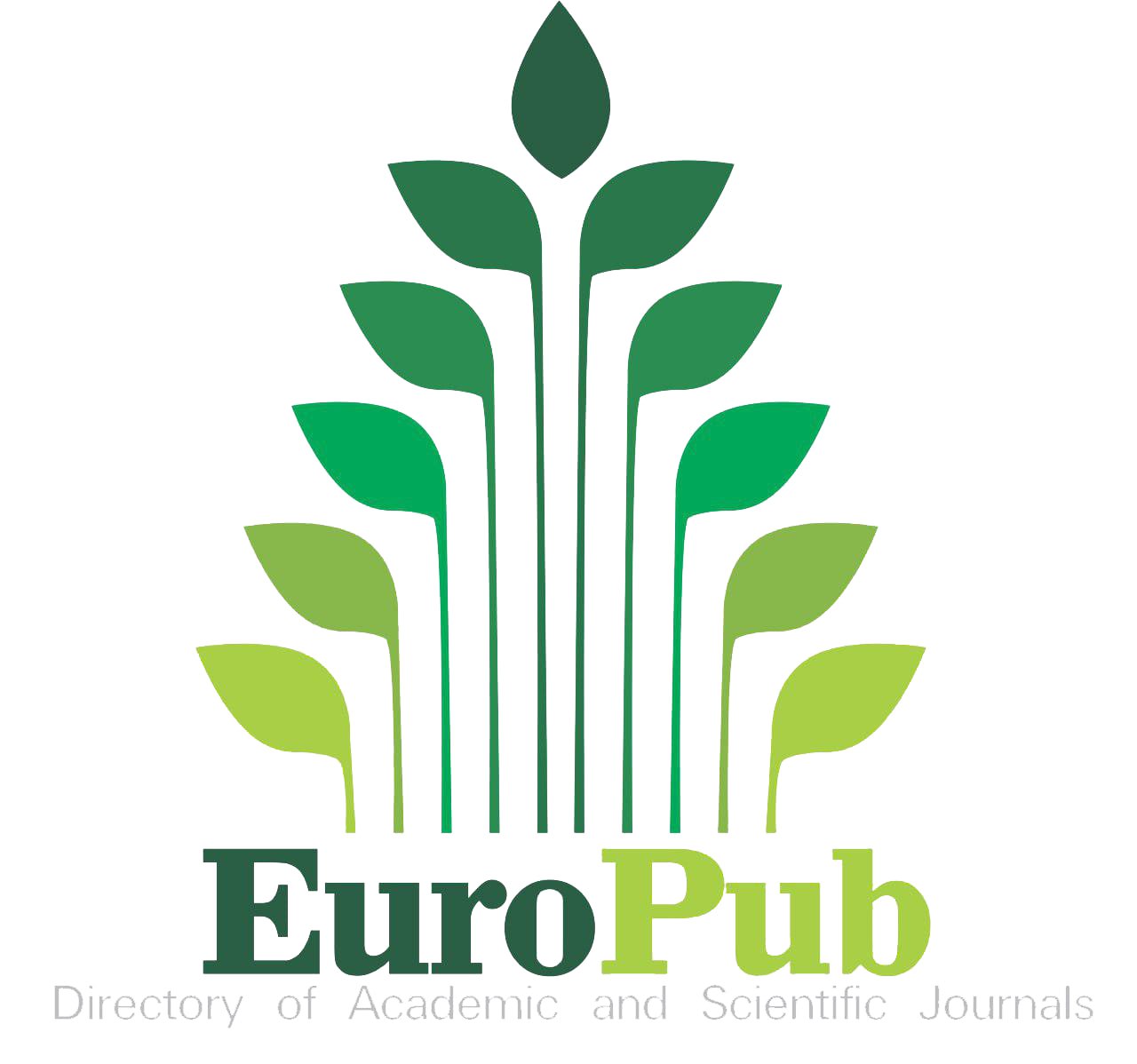Abstract
Sustainable technologies such as Additive manufacturing or three-dimensional printing (3D printing) have resulted in drastic changes in a number of industries including healthcare and pharmaceuticals. The current review focuses on the achievements accomplished on the effectiveness of three-dimensional printing in the field of drug designing and development. This technology is very precise and can be customized and that gives a way of developing complicated drug delivery systems and individualized medications. Promising areas of focus are the development of particular formulations of medicinal preparations, identification of new approaches to the drug release and potential creation of specific drug production for specific patients. However, some of the challenges that are identified include; regulatory challenges, barrier to materials and sources and considers directions for its integration into the normal practice of pharmaceutical industry. Remarkably, utilization of the opportunity provided by the 3D printing may result in changed positive effects on the increase of drug efficacy rates along with patient’s compliance with the prescribed medications and therefore, provide a positive shift in the treatment outcomes across the pharmaceutical segment as a whole.
Recommended Citation
Mahmood, Hasanain Shakir; AL-Mousawy, Jinan M.; Ashoor, Jamal Ali; Saeed, Ashti M.H.; AL-Nuaimi, Alaa Abdul Razzaq; and Khosravian, Pegah
(2024)
"A review of 3D printing technology in drug design applications,"
Maaen Journal for Medical Sciences: Vol. 3
:
Iss.
4
, Article 3.
Available at: https://doi.org/10.55810/2789-9136.1061
References
[1] Ngo TD, Kashani A, Imbalzano G, Nguyen KTQ, Hui D. Additive manufacturing (3D printing): A review of materials, methods, applications, and challenges. Compos Part B Eng 2018;143:172e96. https://doi.org/10.1016/j.compositesb.2018. 02.012.
[2] Ventola CL. Medical applications for 3D printing: Current and projected uses. P T 2014;39(10):704e11. Available from: https://www.ncbi.nlm.nih.gov/pmc/articles/PMC4189697/.
[3] Jandyal A, Chaturvedi I, Wazir I, Raina A, Haq MII. 3D printing e A review of processes, materials and applications in industry 4.0. Sustain Oper Comput 2022;3:33e42. https:// doi.org/10.1016/j.susoc.2021.09.004. [4] Alhnan MA, Okwuosa TC, Sadia M, Wan KW, Ahmed W, Arafat B. Emergence of 3D printed dosage forms: Opportunities and challenges. Pharm Res 2016;33(8):1817e32. https:// doi.org/10.1007/s11095-016-1933-1.
[5] Norman J, Madurawe RD, Moore CMV, Khan MA, Khairuzzaman A. A new chapter in pharmaceutical manufacturing: 3D-printed drug products. Adv Drug Deliv Rev 2017;108:39e50. https://doi.org/10.1016/j.addr.2016.03.001.
[6] Beck RCR, Chaves PS. Advances in 3D printing technologies for drug delivery. J Contr Release 2019;295:189e209. https:// doi.org/10.1016/j.jconrel.2018.12.011.
[7] Konta A, García-Pina M, Serrano DR. Personalised 3D ~ printed medicines: Which techniques and polymers are more successful? Bioengineering 2017;4(4):79. https:// doi.org/10.3390/bioengineering4040079.
[8] Goyanes A, Buanz AB, Basit AW, Gaisford S. Fused-filament 3D printing (3DP) for fabrication of tablets. Int J Pharm 2014; 476(1e2):88e92. https://doi.org/10.1016/j.ijpharm.2014.09.044.
[9] Goyanes A, Martinez PR, Buanz AB, Basit AW, Gaisford S. Effect of geometry on drug release from 3D printed tablets. Int J Pharm 2015;494(2):657e63. https://doi.org/10.1016/ j.ijpharm.2015.04.069.
[10] Wang J, Goyanes A, Gaisford S, Basit AW. Stereolithographic (SLA) 3D printing of oral modified-release dosage forms. Int J Pharm 2016 Apr 30;503(1e2):207e12.
[11] Charoo NA, Barakh Ali SF, Mohamed EM, Kuttolamadom MA, Ozkan T, Khan MA, Rahman Z. Selective laser sintering 3D printing e an overview of the technology and pharmaceutical applications. Drug Dev Ind Pharm 2020;46(6):869e77. https://doi.org/10.1080/ 03639045.2020.1764027.
[12] Sandler N, Preis M. Printed drug-delivery systems for improved patient treatment. Trends Pharmacol Sci 2016; 37(12):1070e80. https://doi.org/10.1016/j.tips.2016.10.002.
[13] Azizi Machekposhti S, Mohaved S, Narayan RJ. Inkjet dispensing technologies: recent advances for novel drug discovery. Expet Opin Drug Discov 2019;14(2):101e13. https://doi.org/10.1080/17460441.2019.1567489
. [14] Lee KY, Mooney DJ. Hydrogels for tissue engineering. Chem Rev 2012;112(7):4767e99. https://doi.org/10.1021/cr200127d.
[15] Hoffman AS. Hydrogels for biomedical applications. Adv Drug Deliv Rev 2012;64:18e23. https://doi.org/10.1016/j.addr. 2012.09.010.
[16] Li JP, Habibovic P, van den Doel M, Wilson CE, de Wijn JR, van Blitterswijk CA, de Groot K. Bone ingrowth in porous titanium implants produced by 3D fiber deposition. Biomaterials 2007;28(18):2810e20. https://doi.org/10.1016/ j.biomaterials.2007.02.020.
[17] Vora LW, Maheshwari N, Patil P. 3D printing and metals in prosthodontics. J Adv Dent Pract Res 2017;2(2):76e81. Available from: http://www.adrpublications.in/journal/ index.php/JOADPR/article/view/355.
[18] Sood R, Pradhan SK. Design and development of a low-cost open-source 3D printer and its single response optimization using polylactic acid (PLA) material. Mater Today Proc 2020; 27(3):2981e91. https://doi.org/10.1016/j.matpr.2020.04.905.
[19] Ford S, Despeisse M. Additive manufacturing and sustainability: An exploratory study of the advantages and challenges. J Clean Prod 2016;137:1573e85. https://doi.org/ 10.1016/j.jclepro.2016.04.150.
[20] Khaled SA, Burley JC, Alexander MR, Yang J. 3D printing of five-in-one dose combination polypill with defined immediate and sustained release profiles. J Contr Release 2014;217: 308e14. https://doi.org/10.1016/j.jconrel.2015.09.028.
[21] Maroni A, Melocchi A, Parenti F, Gazzaniga A. 3D printed multi-compartment capsular devices for two-pulse oral drug delivery. J Contr Release 2017;268:10e8. https://doi.org/ 10.1016/j.jconrel.2017.10.003.
[22] Gungor-Ozkerim PS, Inci I, Zhang YS, Khademhosseini A, Dokmeci MR. Bioinks for 3D bioprinting: An overview. Biomater Sci 2018;6(5):915e46. https://doi.org/10.1039/ c7bm00765e.
[23] Badman C, Brooks C, Harding A, Karki S, McEwan K, Nagel Y, Skingley J. Continuous manufacturing e A changing landscape in solid oral dose pharmaceuticals. Int J Pharm 2019;570:118657. https://doi.org/10.1016/j.ijpharm. 2019.11865
[24]Melgoza GJ. Artificial intelligence in pharmaceutical drug discovery: Future proofing the process. Drug Discov Today 2020;25(1):22e30. https://doi.org/10.1016/j.drudis.2019. 09.013
[25] Hughes J. Machine learning for drug discovery: Improving patient outcomes. J Chem Inf Model 2019;59(7):3128e35. https://doi.org/10.1021/acs.jcim.9b00471.
[26] Stokes JM, Yang K, Swanson K, Jin W, Cubillos-Ruiz AM, Donghia NM, Collins JJ. A deep learning approach to antibiotic discovery. Cell 2020;180(4):688e702.e13. https:// doi.org/10.1016/j.cell.2020.01.021
Included in
Other Pharmacy and Pharmaceutical Sciences Commons, Pharmaceutics and Drug Design Commons
















Indexed in: